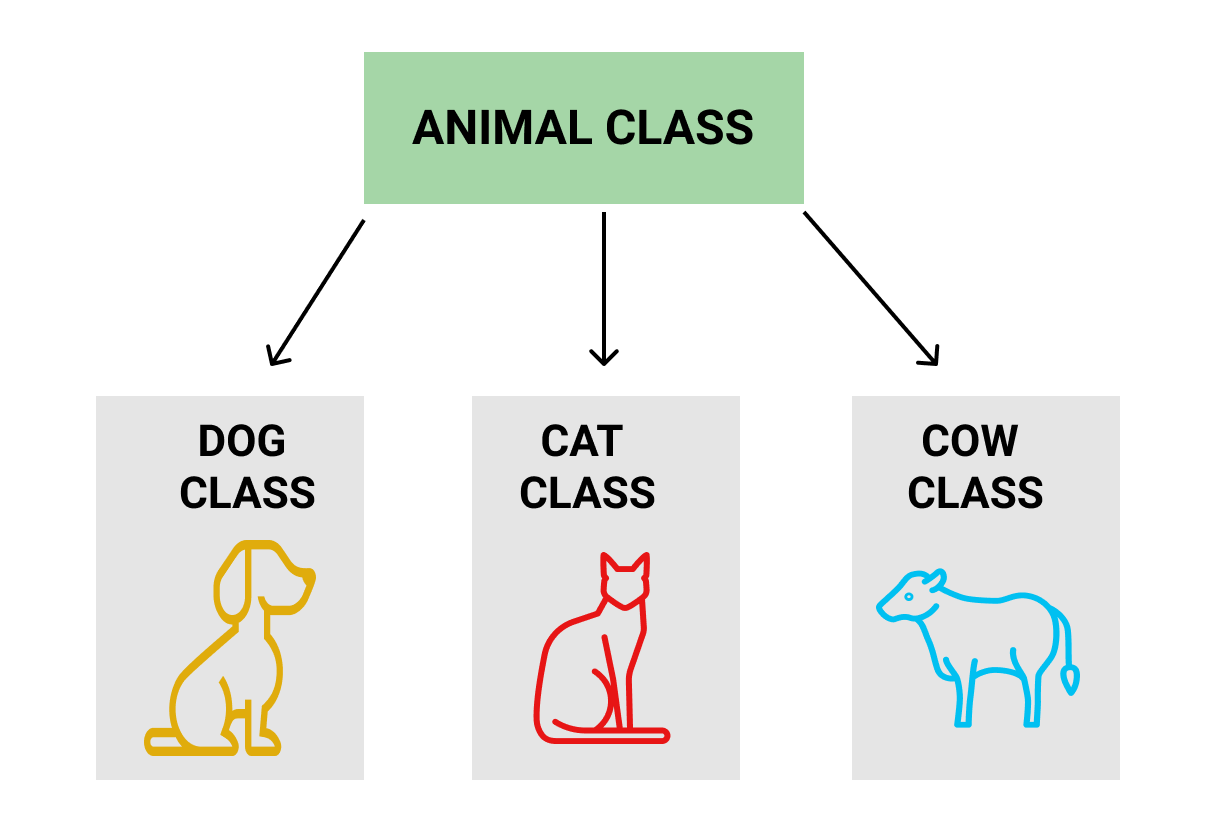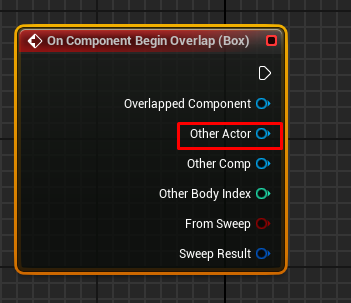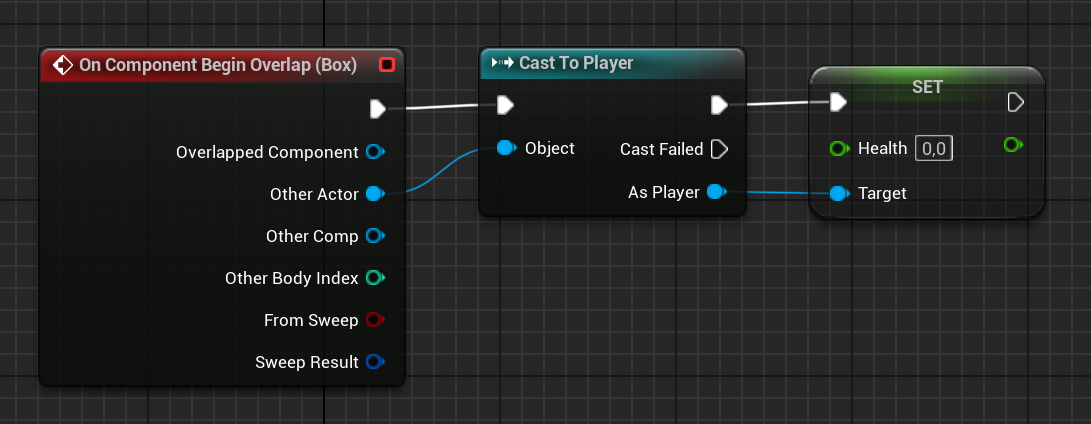Heads up
This page talks about classes in a general way, but uses Unreal Engine classes in examples.
Classes
What is a class?
Like in other programming languages, a Class is an object to which you can assign values and methods.
For example, if we want to create a player class, we will create a new class called Player derived from the Character class, then declare variables (Health, Stamina, etc.), functions (Die, AddHealth, etc.), events, and more inside it.
Depending on how everything is configured, we can control these variables, functions, etc., both inside and/or outside the Player class.
Once a class is created, we can create an infinite number of instances. An instance is essentially a live version of your class.
Inheritance
An important concept of classes is inheritance.
A child is essentially a subclass of another class (called the parent).
This child class will therefore inherit all the declarations contained in the parent class (variables, functions, etc.). But it doesn’t necessarily have access to everything (variables or functions defined as private in parent won’t be accessible in childs).
For example, we can say that the Animal class has the variable Name.
Now, by creating a child class of Animal called Cat, we can access this variable.

Like said before, when we want to create a player, we will create a new class Player derived from the Character class.
This means the Player class is a child of the Character class, and thus it will inherit its content.
Additionally, the Character class is a child of the Pawn class, which is itself a child of the Actor class.

Casting
By default, if you use/retrieve a variable, function, etc., from a class within itself, you don’t need to specify an instance of the class because it defaults to self (known as this).
However, to use/retrieve variables, functions, etc., from a class externally (for example, if we want a trap to reduce the player’s health (from the Player class) by 1 when the player enters the trapped zone), we need a reference to an instance of the class we want to access (In our example, the Trapclass wants access to an instance of the Player class).
UE Blueprint Casting warning
When you cast to a Blueprint class in UE this will load the blueprint class and all its dependencies This is why important blueprints such as the player one can load a big part of your blueprints in your project (because of all the dependencies). This is why big assets should be referenced as a soft reference.
Check this cool article about the misconceptions of casting and more details about how to use it.
Check this cool graph to help you know when to use casting or other methods when starting in UE.
Typical Scenario:
Let’s imagine that the trap has a reference of type Actor that contains an instance of the Player class (using On Component Begin Overlap).

We cannot access the player’s Health variable because the code doesn’t know that this reference is of the type Player.
What can we do?
A simple way to solve this problem is to use the Cast To <...> node, it requires a target of type Object.

- If the reference is indeed from the
Playerclass, the top Exec Pin will execute, and we will obtain a new reference, directly from thePlayerclass (As Player). - If the reference is incorrect, the
Cast FailedExec Pin will execute.
We can now retrieve the health variable and manipulate it as we wish.
Interfaces
“An interface is a description of the actions that an object can do… for example when you flip a light switch, the light goes on, you don’t care how, just that it does. In Object Oriented Programming, an Interface is a description of all functions that an object must have in order to be an “X”. Again, as an example, anything that “ACTS LIKE” a light, should have a turn_on() method and a turn_off() method. The purpose of interfaces is to allow the computer to enforce these properties and to know that an object of TYPE T (whatever the interface is ) must have functions called X,Y,Z, etc.”
TODO